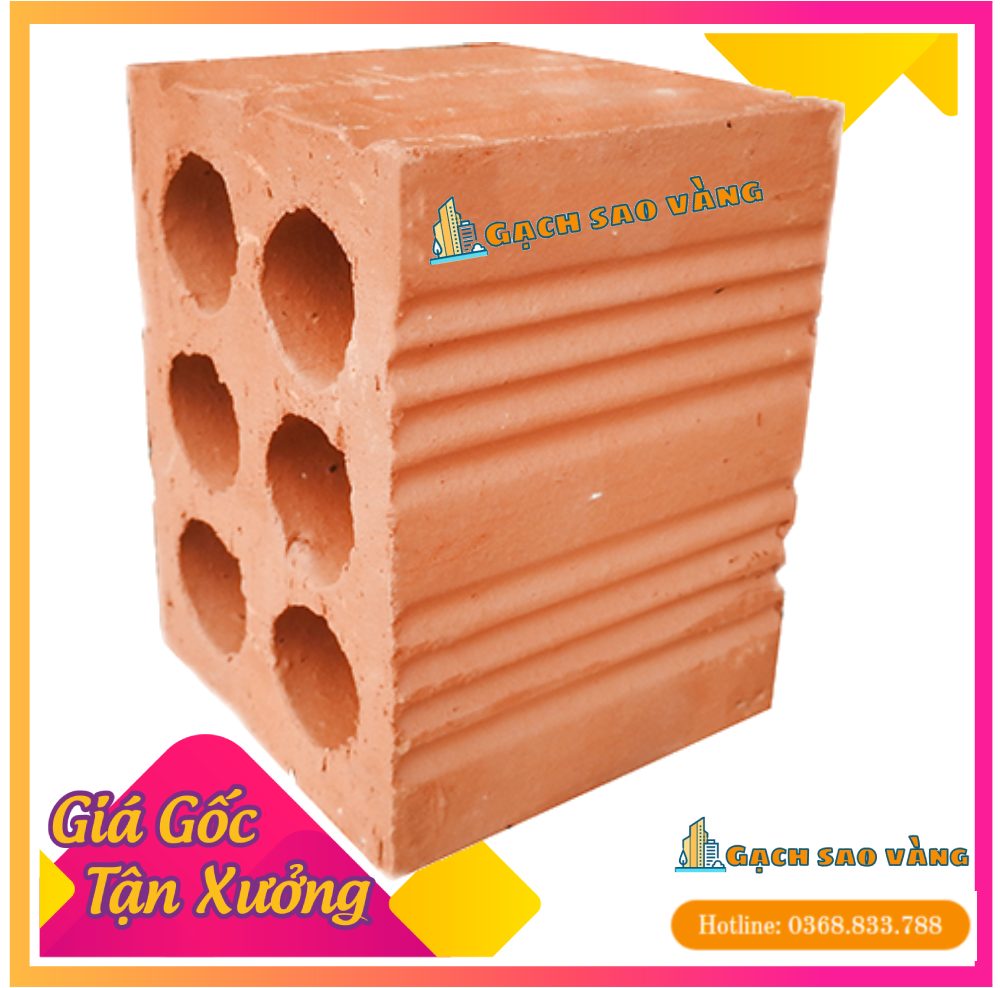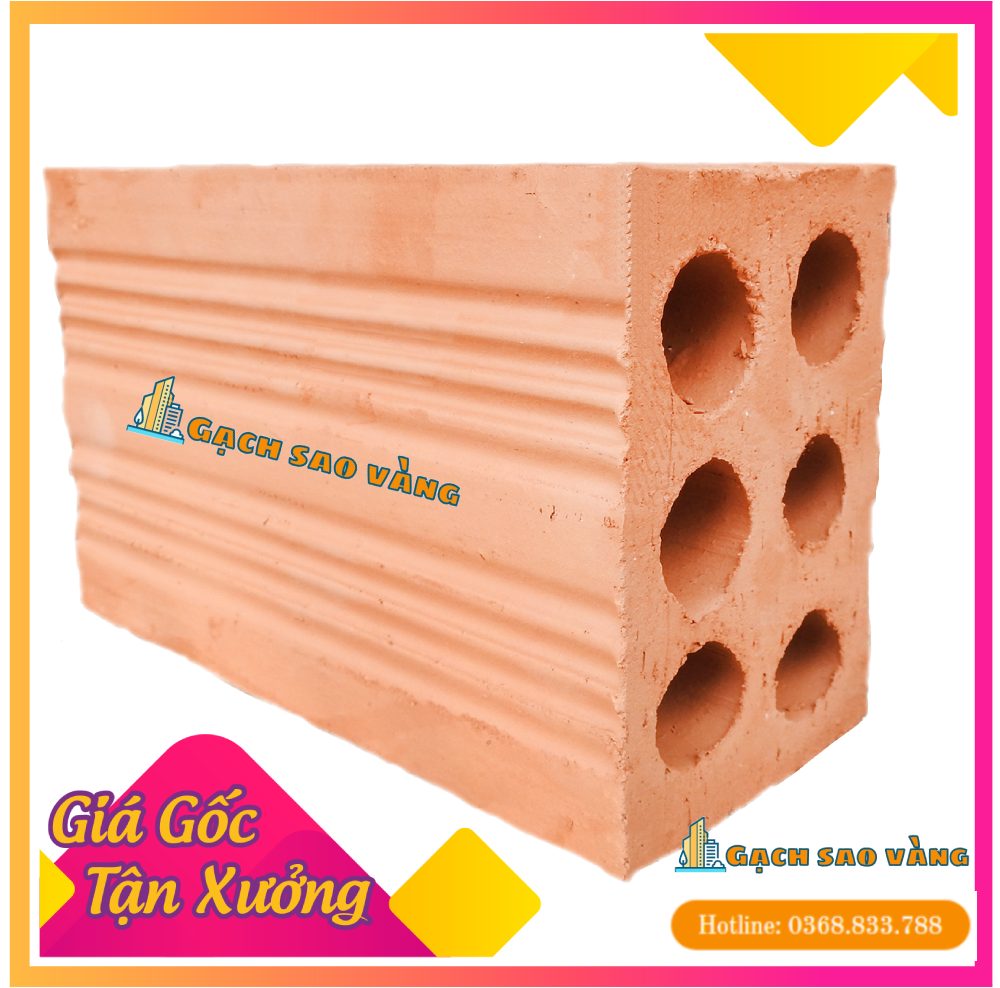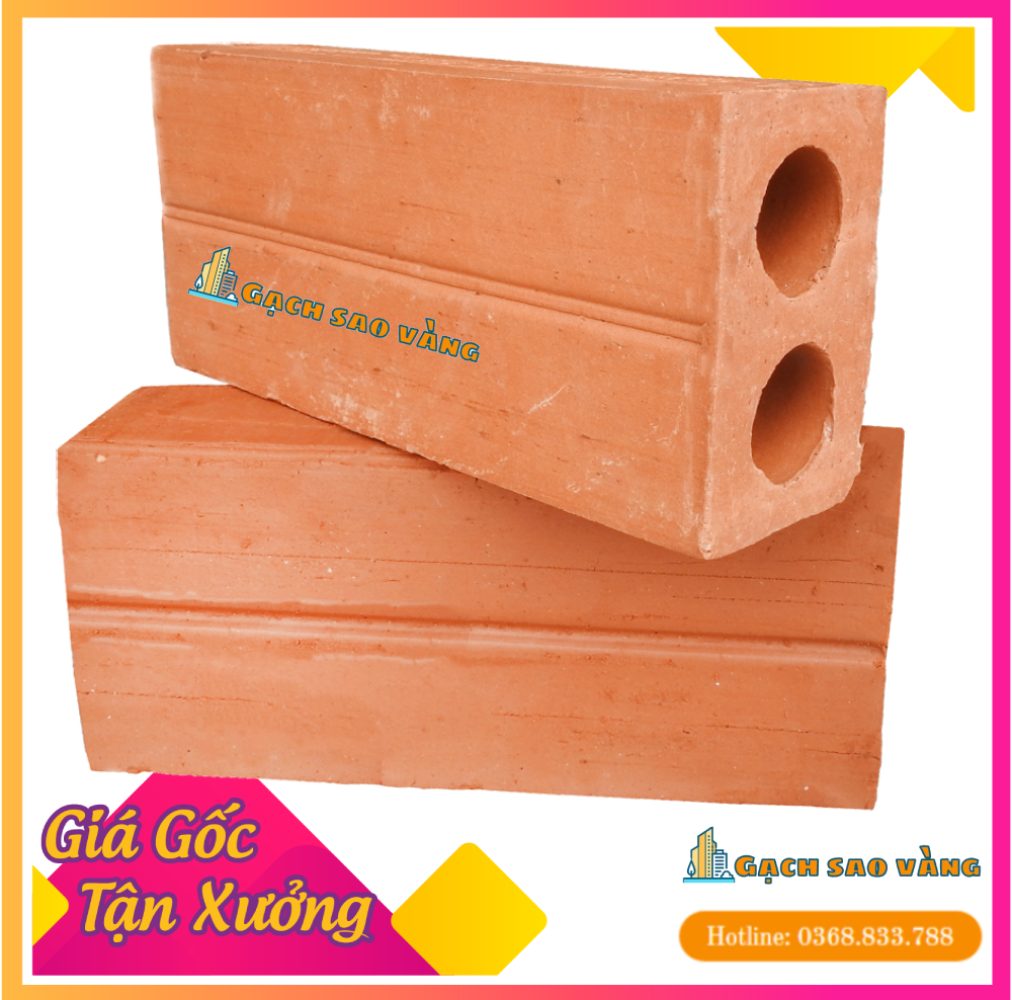In pursuit of sustainability, maintaining optimal airflow within buildings stands as a cornerstone in reducing resource consumption. Enhancing indoor air movement can significantly impact thermal comfort and overall system productivity. A thoughtful approach towards managing this aspect can lead to noteworthy reductions in utility expenses over time.
Incorporating specific strategies not only promotes a healthier environment but also maximizes system performance. Here, we present practical tips that can assist in creating a balanced atmosphere while prioritizing sustainability. With attention to detail, one can reap the benefits of smart airflow management, solidifying commitment towards protecting our planet.
Choosing the Right Ventilation System for Energy Savings
Selecting an appropriate air exchange mechanism is crucial for maximizing resource utilization and minimizing waste. When assessing various options, it’s necessary to evaluate how each system contributes to overall performance and addresses climate conditions specific to your location.
Many types of systems exist, such as heat recovery units, which can significantly minimize heating and cooling demands by reclaiming warmth from exhaust air. Additionally, looking for solutions that utilize renewable resources can enhance sustainability.
Several tips can assist in making an informed choice: firstly, consider the installation of programmable controls that allow for customized airflow adjustments based on occupancy patterns. Secondly, invest in high-efficiency filters to improve air quality while lowering energy consumption.
Lastly, consulting experts can provide valuable insights tailored to specific requirements. Resources like https://fantasticair.net/ can offer guidance on selecting systems that align with your goals for air management and utility savings.
Impact of Natural Airflow on Heating and Cooling Costs
Natural airflow plays a significant role in reducing heating and cooling expenses. By allowing fresh outdoor air to circulate within a building, it can help maintain a comfortable indoor climate while minimizing reliance on mechanical systems.
Here are some tips to maximize savings through effective use of natural airflow:
- Open windows during cooler evenings and mornings to cool indoor spaces, reducing the need for air conditioning.
- Utilize cross-ventilation by strategically placing windows and vents to create a breeze that enhances cooling.
- When using heating, consider passive solar gains by keeping south-facing windows unobstructed to capture sunlight.
- Install exterior shading devices to block excessive sunlight during peak hours, decreasing the burden on cooling systems.
- Incorporate landscaping elements such as trees or shrubs to provide shade and natural barriers against wind.
Achieving substantial cost reductions requires understanding the characteristics of the building and local climate. Regular maintenance of window seals and insulation ensures that systems work with minimal energy loss.
By integrating these strategies, property owners can enhance the overall cost-efficiency of their heating and cooling practices, leading to considerable savings over time.
Maintaining Air Quality Without Compromising Energy Efficiency
Balancing air cleanliness and resource management is vital for sustainable practices. Here are some insightful tips to enhance indoor air quality while minimizing energy use.
Utilizing programmable thermostats can significantly enhance control over heating and cooling. This technology allows for adjusting settings based on occupancy patterns, ensuring minimal energy consumption during unoccupied times. Regular maintenance of heating and cooling systems can also prevent inefficiencies and prolong lifespan, ensuring optimal performance.
Incorporating air purifying plants can contribute to improved indoor atmosphere. These natural filters help eliminate toxins while adding aesthetic value. Selecting low-VOC (volatile organic compounds) materials during renovations or new constructions can further prevent indoor air pollution, enhancing the environment without exhausting energy resources.
Implementing zone heating and cooling systems enables targeted temperature control in specific areas, reducing the demand on central systems. This tailored approach can lead to considerable reductions in wasteful energy use while maintaining comfortable living conditions.
Finally, be proactive in educating occupants about habits that promote air quality and reduce energy costs. Simple actions like closing doors and windows wisely can retain conditioned air, preventing unnecessary load on HVAC systems.
Smart Controls for Optimizing Energy Use
Implementing intelligent systems for airflow management can lead to significant reductions in power consumption. By utilizing automated technologies, occupants can fine-tune climate regulation based on real-time conditions. These advanced solutions allow for adjusting parameters like temperature and humidity without manual intervention.
Incorporating sensors that monitor occupancy and air quality is key. When spaces are unoccupied, the system can reduce airflow, ensuring minimal waste. Additionally, integrating weather forecasts can optimize the use of outside air. For example, pre-conditioning interiors during cooler hours can reduce the load on heating and cooling units, maximizing savings.
Maintaining comfort while minimizing utility bills requires a strategic approach. Users can set preferences that align with daily routines, enabling systems to activate only when necessary. This proactive management not only enhances comfort but also promotes energy conservation.
Here are a few tips to further enhance savings: regularly schedule maintenance to ensure peak performance, educate occupants on efficient usage, and consider integrating these systems with renewable energy sources. Small adjustments can lead to notable improvements in resource consumption.




